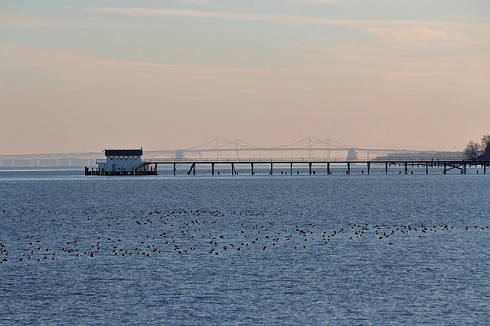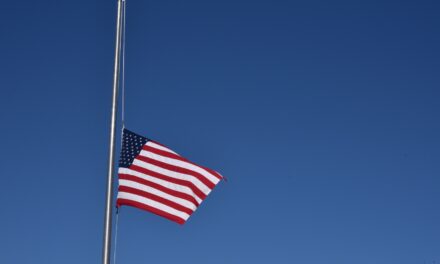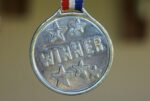The Chesapeake Bay‘s usual summer “dead zone” — the oxygen-starved waters that kill fish, crabs and oysters — was the smallest it’s been since scientists started monitoring it 38 years ago.
Continued efforts to cut the flow of nitrogen, phosphorus and sediment, along with this year’s below-average rainfall, helped.
The Virginia Institute of Marine Science calculated the summer dead zone at 0.58 cubic miles — some 638 billion gallons. The dead zone was far smaller than the historical average of 0.97 cubic miles seen between 1985 and 2022.
Read the full story in the Richmond Times-Dispatch.









